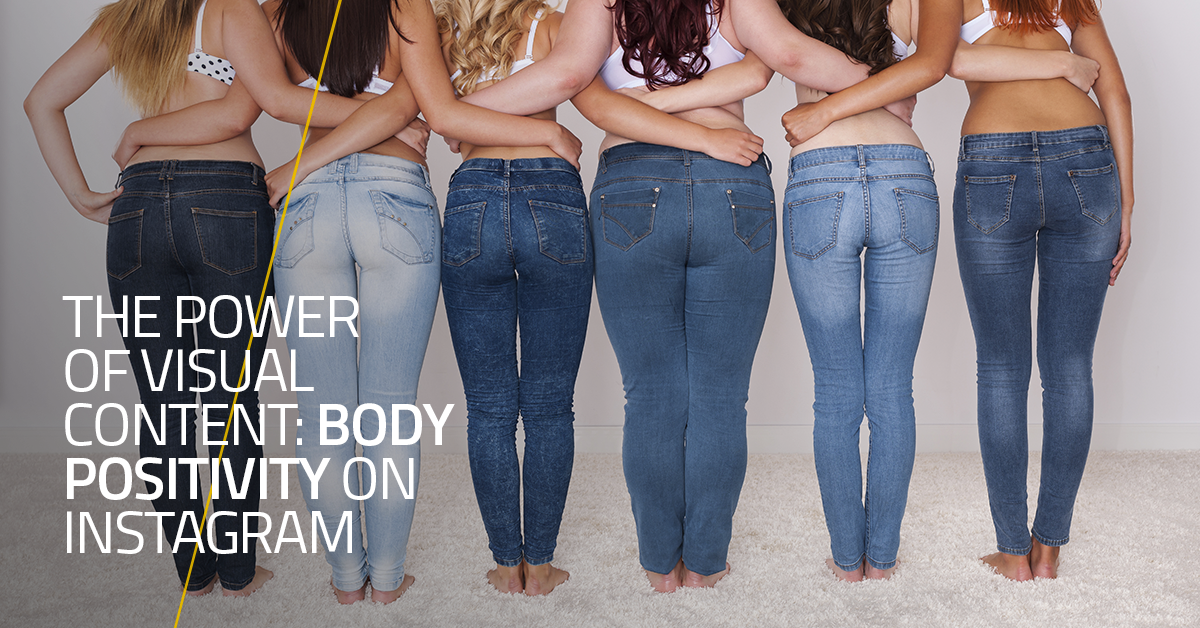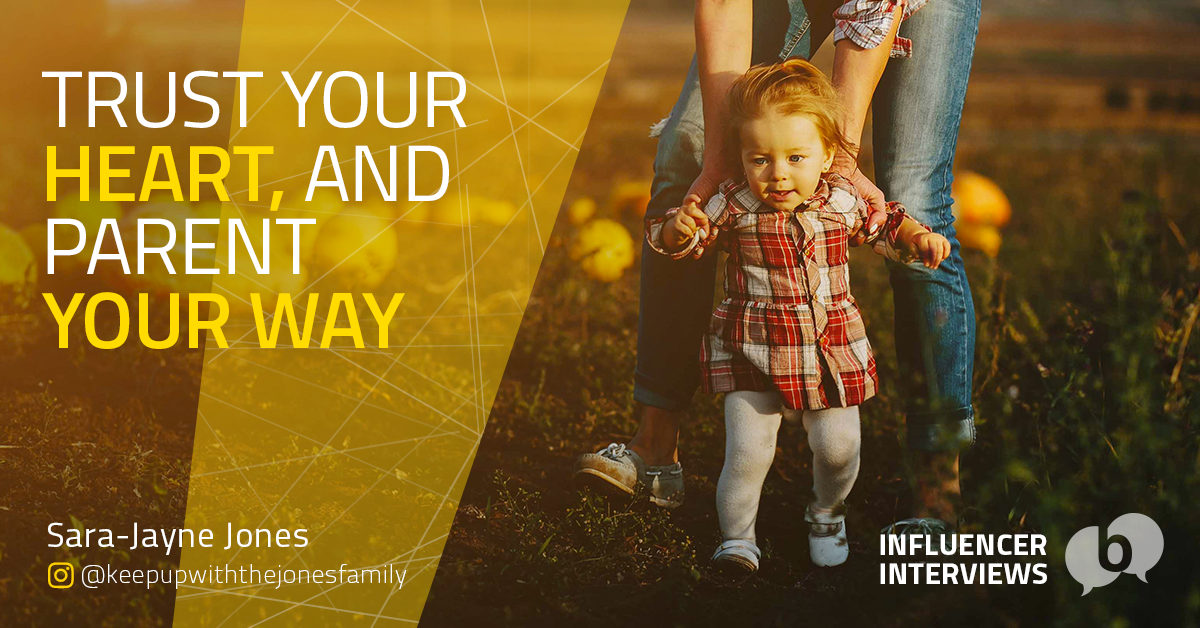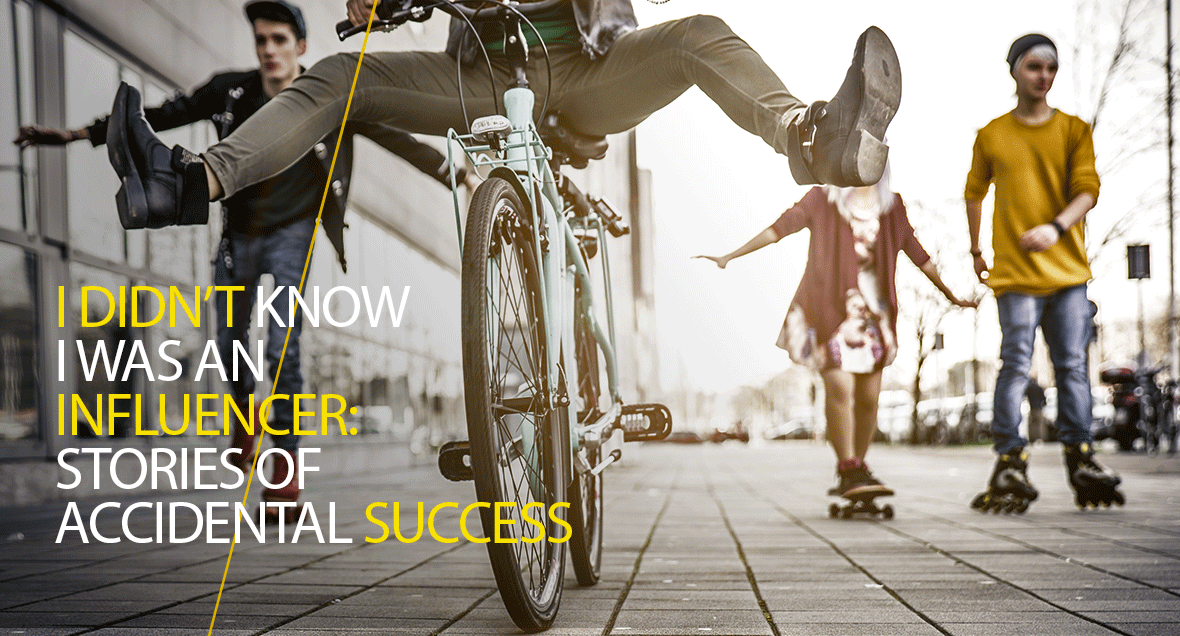A picture is worth a thousand words. Never has this seemed more vital a concept in the increasingly visual field of social media. Instagram, the visual-based channel known for stunning images and model-like shots, is a channel that has matured quickly. It is also one that has been lambasted for inauthenticity, from fake followers and likes to overly retouched photos. It is a channel that has raised concerns over mental health among young people, with many citing the perfect, bikini clad bodies and extravagant holiday snaps as the reason for low self-esteem.
A report by the RSPH (Royal Society for Public Health) has ranked Instagram, along with other visual platform Snapchat, as the worst for young people’s mental health. In the report, Shirley Cramer CBE, Chief Executive, RSPH, commented that “it’s interesting to see Instagram and Snapchat ranking as the worst for mental health and wellbeing – both platforms are very image-focused and it appears they may be driving feelings of inadequacy and anxiety in young people”. However, she also states that “through our Young Health Movement, young people have told us that social media has had both a positive and negative impact on their mental health”.
So, is Instagram doomed to become an inauthentic image and like generating machine?
Well, like with so many aspects of social media, it depends on where you look and how you use the platform. The inadequacy many people felt looking at the photos (both real, faked and “enhanced”) led some to produce accounts to tackle the issue. Some head-on, such as comedian Celeste Barber who re-enacts celebrity Instagram photos to highlight the ridiculous side of it all, and some like Milly Smith and her @selfloveclubb Instagram account where she explores body positivity and mental health awareness by talking frankly and honestly about both. She includes photos highlighting the poses and apps used in many Instagram photos to improve the difference between “before” and “after” photos. Smith also has a YouTube channel, where she expands on the points in her Instagram captions.
For instance this image mimics the before and after shot of many fitness Influencers, however with only a change of pose change between each shot. The caption reminds people about the tricks used by Instagram users to get the perfect shot, and that “It’s so easy to distort our bodies, pose and suck in to fit into an ideal”. The emphasis is not on stopping these other accounts, however, instead it focuses on how you approach the platform and to “get used to our natural state and stop trying to change ourselves”. Like any social media channel, Instagram can be a source of positivity or negativity depending on how you use it, and the comments on this image are filled with those who have deleted more negative, diet-focused accounts.
The use of social media to challenge societal norms is not a new one. The ability to reach a global audience with one click makes social media a key place for activism, one of which is the body positivity (the #bopo or #bp) movement that focuses on body portrayals in the media. Marketing campaigns have been lambasted for ignoring this issue, prominently the “beach body ready” campaign by Protein World which was later banned.
Model Tess Holliday faces a lot of criticism for her active role in the fashion industry, advocating for more representation. She has a 1.5M followers on her Instagram account and describes herself as a Plus Model. She responds and deals with a lot of criticism online, whilst being a role model for body confidence. She has noted that “prior to Instagram, you just saw whatever online. Now you can follow people that are into body positivity, feminism, radical body love, artists. People that inspire me”. She has also said that “it’s really important to surround yourself with people that uplift you and support you, and so you really have a community of that”. Instagram is becoming a vital channel for those surrounding themselves with body positive images and messages, and using the platform in this manner is something that should be encouraged – especially among younger people.
While a lot of these accounts focus on women, which makes sense given the number of distorted images of women that appear on these channels and beyond, it is a concern for everyone in terms of appearance and body positivity. There are so many body positive focused accounts across Instagram. Jack Eyers and Mama Cax use the channel to challenge perceptions surrounding disability and prosthetics. Both have beautiful, exciting and active photos across their profile, including water skiing and rock climbing.
According to her website, Mama Cax “uses social media as a platform to talk about body positivity, but most importantly, dismantle the image of what people with disabilities should be or look like”. Her Instagram page is a stunning collection of photos, some focusing on her beautifully made prosthetic while others on fashion, lifestyle and travel, that all add to the changing dialogue surrounding disability. She is a Alleles brand ambassador, a company which specialises in designing prosthetic covers. After seeing Cax’s “Wish List” post featuring their prosthetic cover, the co-founder of Alleles reached out to offer to custom make a cover of her choosing and the beautiful result features on her Instagram page.
Jack Eyers’ impressive Instagram is filled with active images, from climbing to sky-diving to running, and similarly challenges the standard view of disability. In July this year Eyers became the first amputee to be crowned Mr England. He is also signed with Models of Diversity and in 2015 was the first disabled male model to walk in New York Fashion Week. Eyers has said that for “the last five years I have made it my mission to raise the profile of disability in the fashion industry and to become a role model for other amputees and disabled people” including his work in fashion, Mr World and his social media presence. All combined help challenged the perceptions surrounding disability.
Changes are being made to improve the social media experience, and this BBC article explores the possibility of pop-up warnings after long periods of social media use, or voluntary labels on photoshopped photos – something France has already made mandatory with some reference in the text required if the photos have been edited. Further, recently the stock image site Getty has placed a ban on edited images that make models look thinner. A school in Gloucester took it upon themselves to enforce a “digital detox” during school hours, clamping down on the use of mobile devices. While good lessons in social media awareness and detox, young people need also to be taught how to approach social media channels – and Influencers like the ones mentioned in this article can help. To be truly successful, however, this issue also needs to be addressed by the platforms themselves.
As Instagram cracks down on fake account activity, it also needs to encourage the accounts that have embraced the platform as a form of expression. Instagram began to encourage this in 2016 with its #RunwayForAll campaign on their own Instagram account. The aim of the week-long campaign was to highlight some of the biggest champions of diversity in fashion. The first model of the campaign was Mama Cax, for whom #RunwayForAll meant “any teenager feels represented when they open a magazine or watch a fashion show”. Everyday for a week Instagram shared a photo-shoot with a different person with the hashtag #RunwayForAll, putting the spotlight on each model with their own unique story. This shows the good social media platforms can do when they focus their efforts and attention. As with so much of social media, the platform depends on how you use it. Social media platforms alongside great Influencers can help spread authentic, positive messages like the ones mentioned above, and as the use of social media grows so will the range of content produced and the more positive messages that will be shared.


